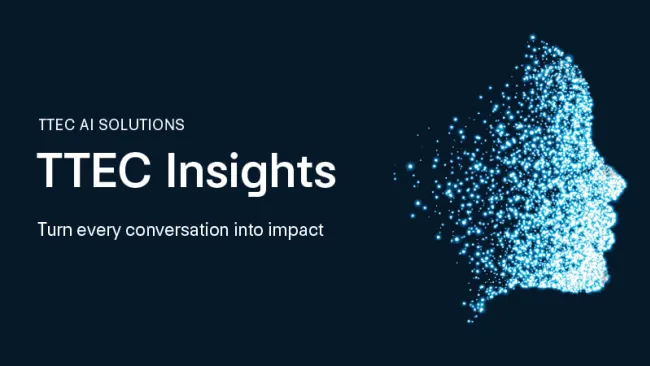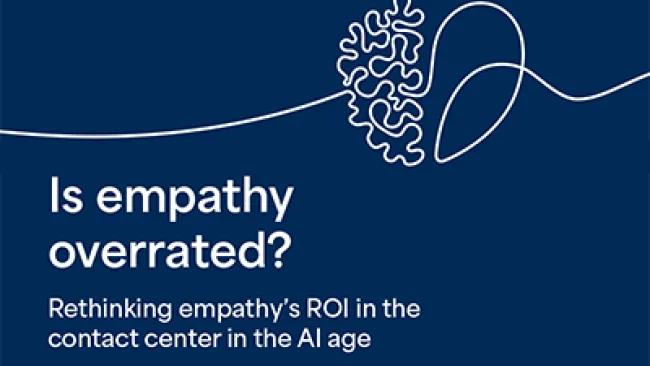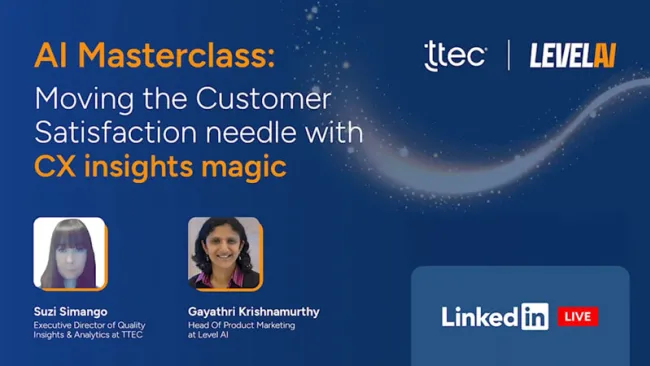Uncovering actionable insights in marketing is often an elusive goal. Marketers have a plethora of data but few companies have figured out how to effectively leverage that data to deliver individualized, targeted content at scale. Data-driven insights offer keys to effectively engaging consumers. But how does one collect and analyze enough data to engage individuals in a scalable approach?
Streaming data may be the answer.
Streaming refers to transmitting or receiving data over a computer network. And subscription streaming is becoming a “key driver” of the nearly $15 billion music industry, according to the International Federation of the Phonographic Industry (IFPI), a music lobby group, which recently released its annual Digital Music Report.
As more consumers turn to music streaming services, companies like Spotify and Pandora are mining those streams for user insights. Spotify, for instance, knows a lot about its users. The company—which expects to have 100 million users by the end of this year—knows how and when people listen to music. Spotify knows if you are listening to Lady Gaga while jogging or Frank Sinatra in the shower. The company knows this by not only tracking the songs people are streaming, but through users who label their activities, says Spotify Chief Revenue Officer Jeff Levick.
“People are soundtracking their lives and creating playlists with names like ‘shower,’” Levick said during a presentation at the Interactive Advertising Bureau’s (IAB) Mixx conference. “We have over 39,000 shower playlists on Spotify.” By analyzing patterns related to shower playlists, Spotify uncovered numerous insights about its users.
For instance, the company learned that most (44 percent) of the users who create shower playlists are between ages 18 and 24, followed by 23 percent of users who are ages 25 to 34. Additionally, 68 percent of the shower playlists are created by men, compared to 32 percent of women. Information like this can help brands tailor ads for more specific audiences.
Music streaming services can also help artists find their fans. For instance, when country music singer Hunter Hayes released a new single, 21, earlier this year, he used data from Spotify to plot his 21 tour stops. Hayes released 21 on streaming platforms before physical retail or digital stores. Based on data from those streams, Spotify identified cities with the highest volume of users listening to the 24-year-old singer’s songs compared to other locations. Based on this information, Hayes performed in places like Western Carolina University, Kent State University, West Point Eisenhower Hall Theater, and University of Oklahoma.
“That data—along with country radio airplay and single sales—is invaluable to identify where you have an active, passionate audience currently excited about an artist’s music,” Warner Music Nashville’s Jeremy Holley told Mashable.
Spotify’s competitor, Pandora, offers artists a similar feature through tools for monitoring and analyzing fan engagement on its music streaming service. With Artist Marketing Platform (AMP), Pandora lets artists know which songs are performing well based on factors like the number of people listening to the song, the number of likes the song garners, as well as the general location of their fans.
Real-time data from streamed music can also allow brands to target listeners beyond basic demographic information. Indeed, what matters more is what people are doing versus what marketers think consumers are doing, Levick said. Besides targeting listeners based on age or gender, for example, brands “can look at the days of the week and organize around what it is people are doing, when they’re doing it, and create some interesting inferences and target smarter,” Levick said.
Nike, for example, created a series of playlists with songs for Spotify users to listen to while running. Even though Nike might not deliver an ad every time someone listens to its playlists, it creates a brand experience that helps extend the customer relationship.
Spotify also gave users a new way to listen to music while jogging. In May, the company introduced Spotify Running, an opt-in feature that matches music beats to the user’s running tempo. It uses a smartphone’s sensors to detect steps per minute and finds tracks with a similar beat.
Spotify Running was designed to enhance the user experience, but users were not immediately aware of the feature. Many people were alarmed when Spotify updated its privacy policy informing users that the company may collect information about their location, sensor data from a mobile device, and other types of information. An important part of collecting and leveraging customer data is explaining to customers how their data is being used.
In a blog post titled “Sorry,” Spotify CEO Daniel Ek acknowledged that the new policy “caused a lot of confusion about what kind of information we access and what we do with it [and] we apologize for that.” Ek went on to explain that with its customers’ permission, the data will be used to “tailor improved experiences” for users and build “new personalized products for the future.” Ek also wrote that the company was updating its privacy policy to make these points clearer.
Other brands are also experimenting with new data-driven ways to enhance the customer experience. Soon after Spotify Running was released, Nike updated its Nike+ Running app with the new features through a partnership with Spotify. The app update introduces Pace Stations, which invite users to enter their pace goal and musical preference. This data informs a target BPM (beats per minute), which in turn creates a personalized 100-song playlist designed to encourage runners to step in-beat to the prescribed song and meet their pace goal.
Netflix and Fitbit uncover unique insights
Away from music, Netflix uses its streaming data analytics to determine at what point in a television series a viewer becomes “hooked.” The streaming video company analyzed viewing patterns in the first season of 25 of the most-watched TV series in its collection, including shows like Breaking Bad and Orange Is the New Black. It identified the episode where 70 percent or more of viewers went on to finish at least the show’s first season.
Viewers were hooked on The Walking Dead by episode two, while Arrow didn’t grab viewers until its eighth episode. Notably, the number of episodes it takes to get viewers hooked isn’t correlated to audience size, which suggests that a show that grabs viewers early doesn’t necessarily attract more people.
Even more insight emerged when the data was compared by country. The Dutch, for instance, tend to fall in love with a series the fastest, getting hooked one episode ahead of most countries, irrespective of the show. Australian
viewers, meanwhile, hold out longer across the board. They get hooked one to two episodes later than the rest of the world on almost every show.
Such data can help Netflix predict viewing patterns and determine how much it will invest in each show. Going further, the insight can also guide content development and story arcs for series’ writers for Netflix and other networks.
As for finding other data-driven approaches to improve the customer experience, it’s up to the imagination of each company, Levick said. “The best experiences won’t be created by us, they’ll be created by how people use our product.”
This sentiment was illustrated in a story told by Fitbit CEO James Park during Recode’s Code/Mobile conference. Data showed that tens of thousands of active users were about two feet tall and weighed 20 pounds. Combining this info with profile photos in its database, the company realized that people were attaching Fitbits to their pets. This insight could easily lead to new product lines and marketing activities, though Park admitted that while he found this insight amusing, pets are not a current focus area for the company. ?
















